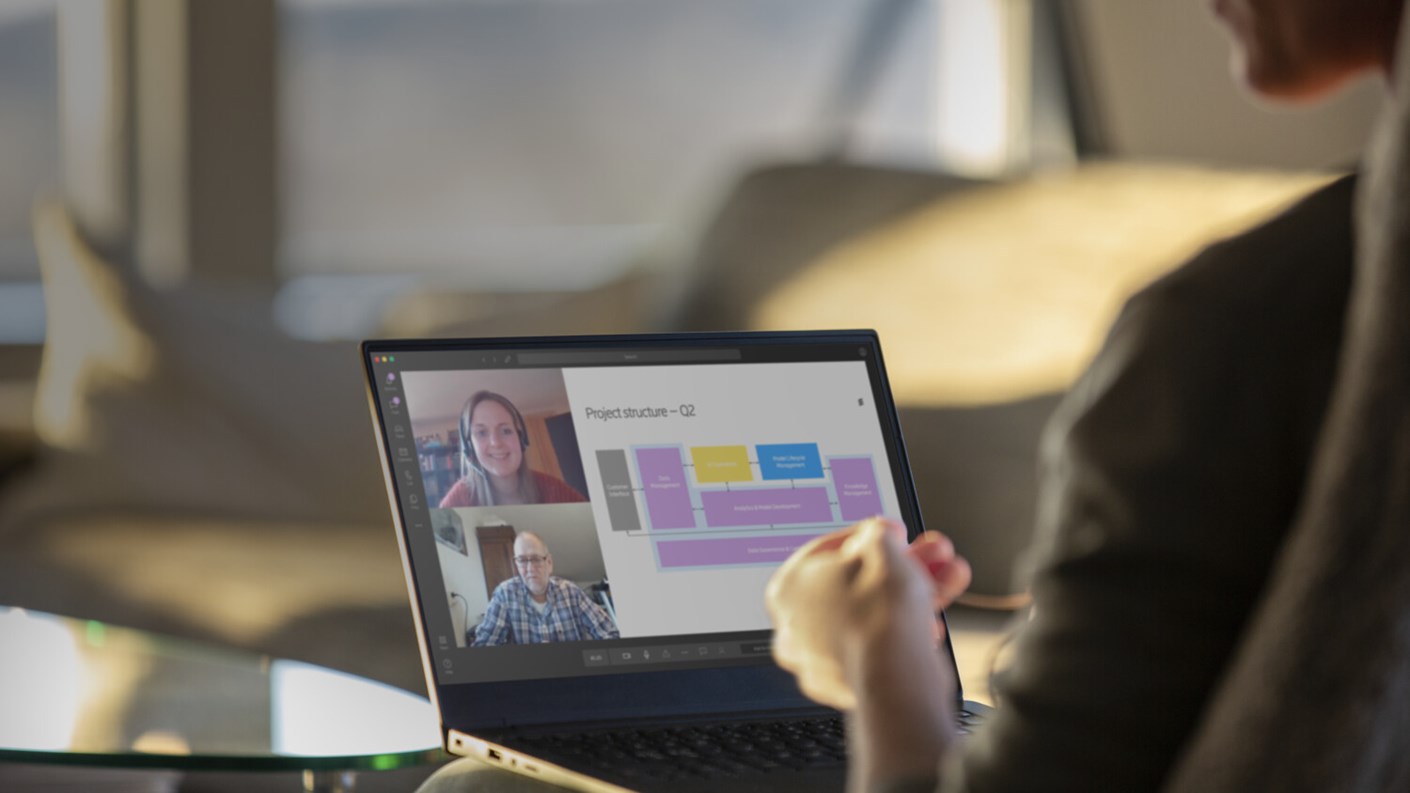Ericsson Mobility Report: COVID-19 impact shows networks’ crucial role in society
- 190 million 5G subscriptions forecast by end of 2020; 2.8 billion by the end of 2025
- Digital infrastructure critical to meeting communication needs in times of crisis
- Fixed wireless access (FWA) connections forecast to reach close to 160 million, and account for 25 percent of global mobile network data traffic by end of 2025
 Ericsson (NASDAQ: ERIC) expects the global number of 5G subscriptions to top 190 million by the end of 2020 and 2.8 billion by the end of 2025. These forecasts are included in the June 2020 edition of the Ericsson Mobility Report, along with projections for data traffic growth, and regional subscriptions. Ericsson (NASDAQ: ERIC) expects the global number of 5G subscriptions to top 190 million by the end of 2020 and 2.8 billion by the end of 2025. These forecasts are included in the June 2020 edition of the Ericsson Mobility Report, along with projections for data traffic growth, and regional subscriptions.
The report also takes an incisive look at the role of networks and digital infrastructure in keeping societies running, and families connected during the COVID-19 pandemic.
Fredrik Jejdling, Executive Vice President and Head of Networks, Ericsson, says: “The spread of COVID-19 has prompted people all over the world to change their daily lives and, in many cases, work or study from home. This has led to a rapid shift of network traffic from business to residential areas. The latest Ericsson Mobility Report shows that mobile and fixed networks are increasingly playing an even bigger part of critical national infrastructure.”
While 5G subscription growth in some markets has slowed as a result of the pandemic, this is outweighed by other markets where it is accelerating, prompting Ericsson to raise its year-end 2020 forecast for global 5G subscriptions.
”Beyond measuring the success of 5G in subscriptions, its impact ultimately will be judged by the benefits it brings to people and enterprises,” Jejdling adds. ”5G was made for innovation and this crisis has highlighted the true value of connectivity and the role it can play in restarting economies.”
Value of digital infrastructure
Changes in behavior due to lockdown restrictions have caused measurable changes in the usage of both fixed and mobile networks. The largest share of the traffic increase has been absorbed by fixed residential networks, which has experienced a 20-100 percent growth. But many service providers also noticed a spike in demand on their mobile network.
In a recent study conducted by Ericsson Consumer Lab, 83 percent of the respondents from 11 countries claim that ICT helped them a lot to cope with the lockdown. The results show an increased adoption and usage of ICT services, such as e-learning and wellness apps, that have helped consumers adapt to new realities, underpinned by connectivity.
Looking ahead, while 57 percent say they will save money for financial security, one-third plan to invest in 5G and an improved broadband at home to be better prepared for a potential second wave of COVID-19.
FWA takes an expanded role
FWA connections are forecast to reach nearly 160 million by end of 2025 – totaling about 25 percent of global mobile network data traffic. At the end of 2019, global FWA data traffic was estimated to have been around 15 percent of the global total. It is now projected to grow nearly 8 fold to reach 53 exabytes in 2025, representing 25 percent of the global total mobile network data traffic.
FWA delivered over 4G or 5G is an increasingly cost-efficient alternative for providing broadband and several factors are driving the FWA market: demand from consumers and businesses for digital services along with government-sponsored programs and subsidies.
Download here the June 2020 edition of the Ericsson Mobility Report.
The report also includes forecasts on data traffic growth, regional subscriptions plus insights into cloud-based gaming as well as in-depth articles on private dedicated networks and Verizon’s millimeter wave strategy for targeted metropolitan areas.
Ericsson now has more than 93 commercial 5G agreements or contracts with unique communication service providers, of which 40 are live networks.
Resource: https://www.ericsson.com/en/press-releases/2020/6/ericsson-mobility-report---june-2020
[back to news]
|